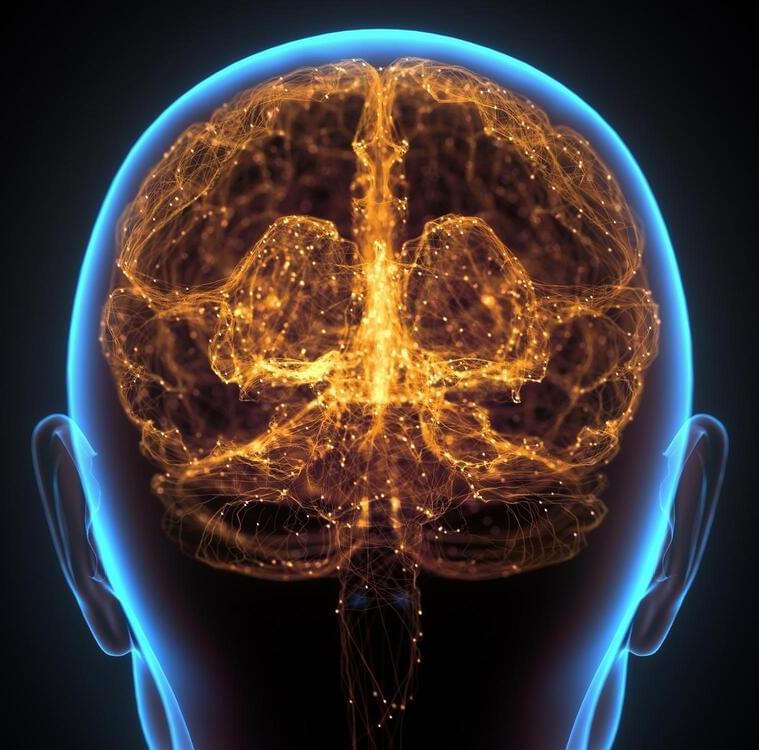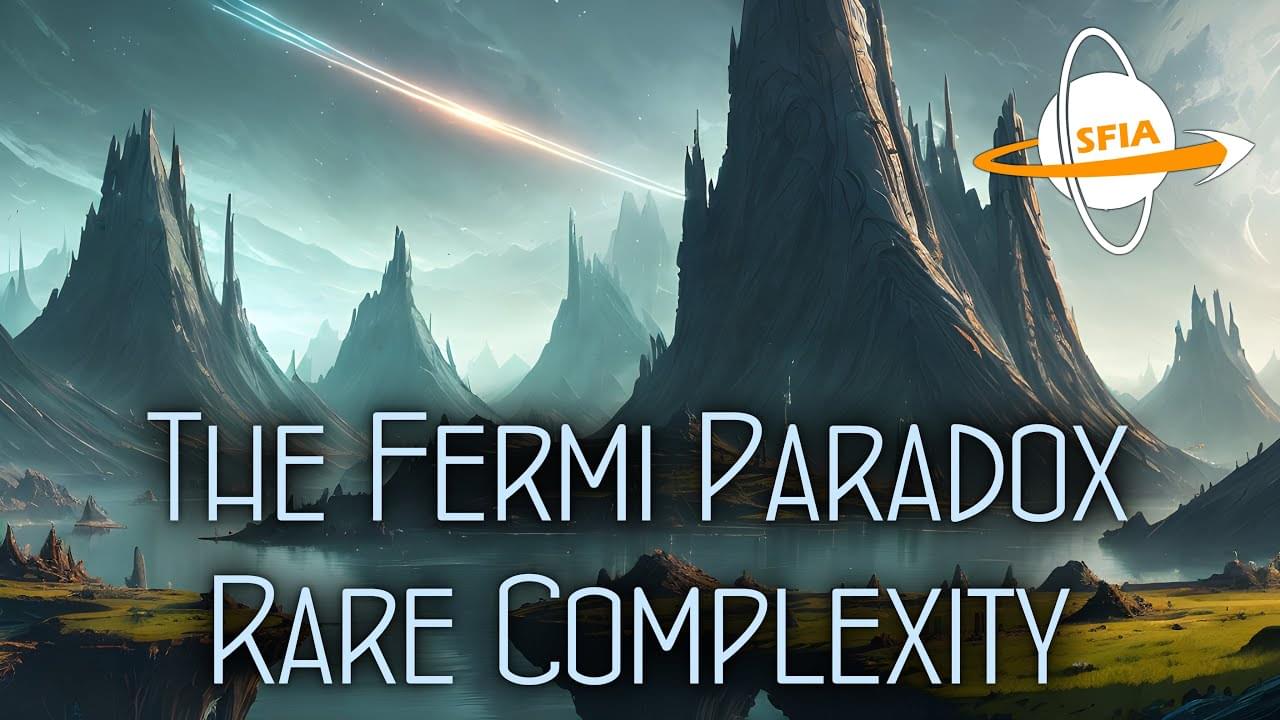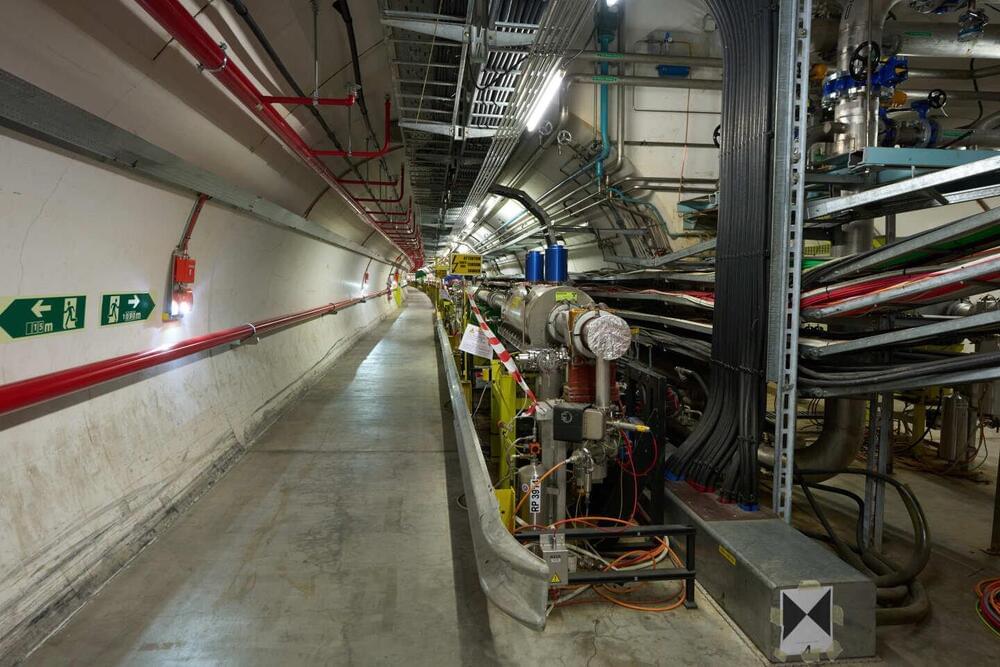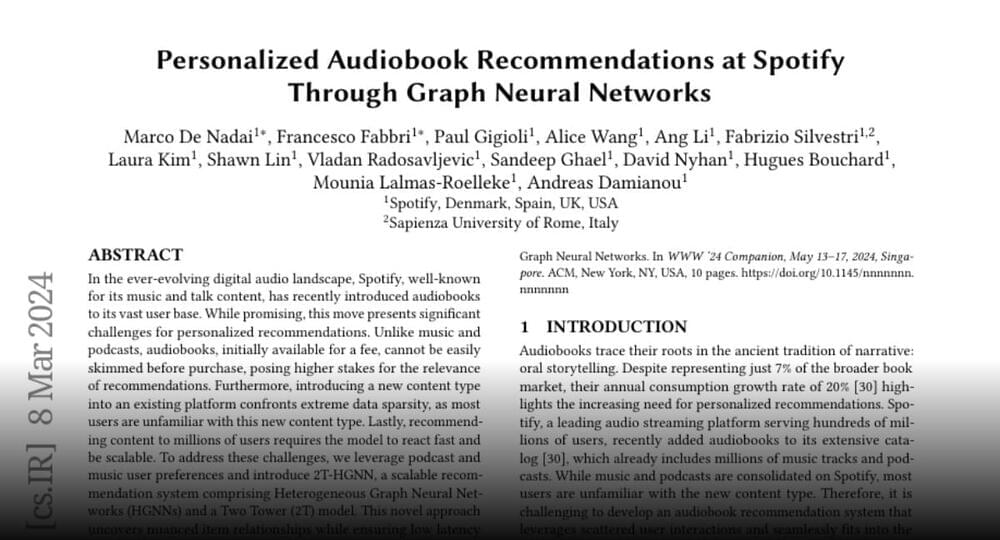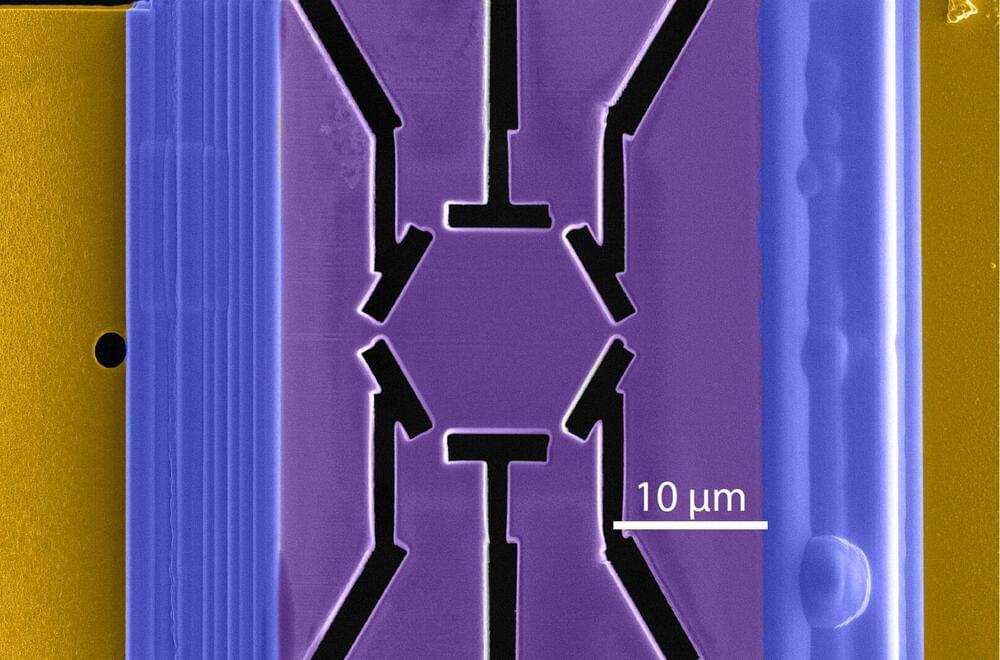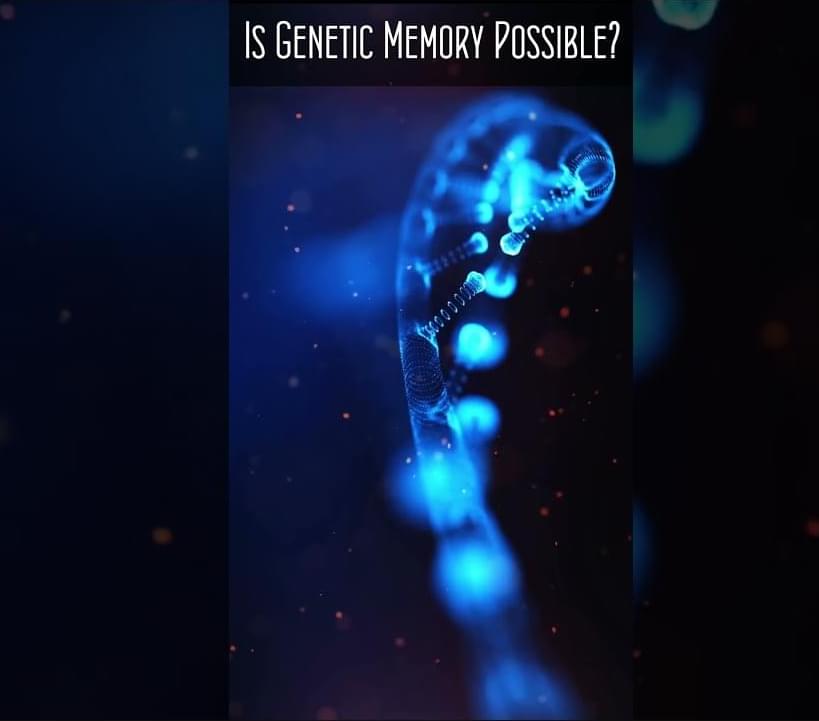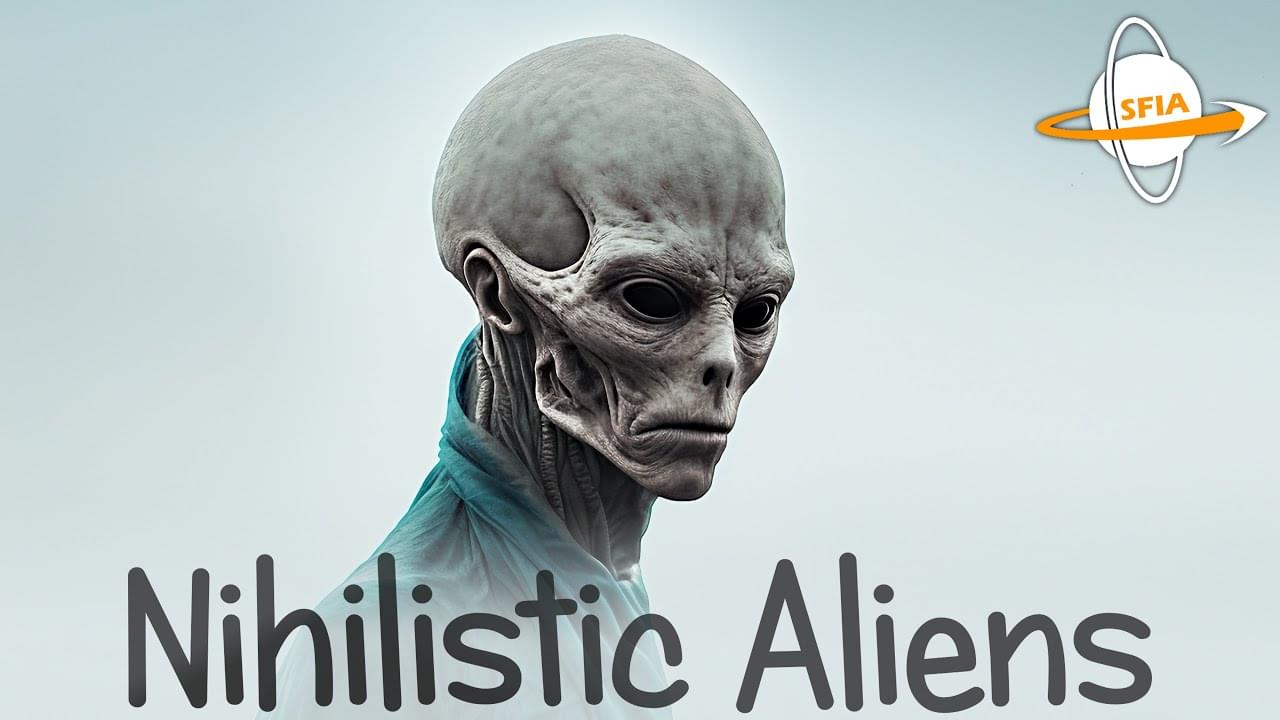Mar 24, 2024
Lack of Focus Doesn’t Equal Lack of Intelligence — It’s Actually Proof of an Intricate Brain
Posted by Saúl Morales Rodriguéz in categories: employment, media & arts, neuroscience
Research conducted by Brown University’s Carney Institute for Brain Science illustrates how parts of the brain need to work together to focus on important information while filtering out distractions.
Imagine a busy restaurant: dishes clattering, music playing, people talking loudly over one another. It’s a wonder that anyone in that kind of environment can focus enough to have a conversation. A new study by researchers at Brown University’s Carney Institute for Brain Science provides some of the most detailed insights yet into the brain mechanisms that help people pay attention amid such distraction, as well as what’s happening when they can’t focus.
In an earlier psychology study, the researchers established that people can separately control how much they focus (by enhancing relevant information) and how much they filter (by tuning out distractions). The team’s new research, published in Nature Human Behaviour, unveils the process by which the brain coordinates these two critical functions.
